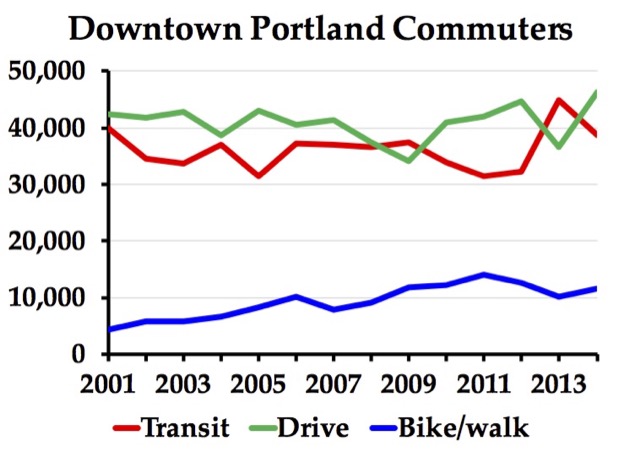Last week’s Congressional passage of the 1,301-page Fixing America’s Surface Transportation (FAST) Act represents, for the most part, a five-year extension of existing highway and transit programs with several steps backwards. Once a program that was entirely self-funded out of dedicated gasoline taxes and other highway user fees, over the past two-and-one-half decades the surface transportation programs has become increasingly dependent on deficit spending. The FAST Act does nothing to mitigate this, neither raising highway fees (which include taxes on Diesel fuel, large trucks, trailers, and truck tires) nor reducing expenditures.
If anything, deficit spending will increase under the FAST Act, which will spend $305 billion ($61 billion a year) over the next five years. Highway revenues, which were $39.4 billion in F.Y. 2015, are not likely to be much more than $40 million a year over the next five years, so the new law incurs deficits of about $20 billion a year. The law includes $70 billion in “offsets”–funding sources that could otherwise be applied to reducing some other deficit–which won’t be enough to keep the program going for the entire five years.
Aside from deficit spending, the greatest mischief in federal surface transportation programs come from competitive grants. When Congress created the Interstate Highway System in 1956, all federal money was distributed to the states using formulas. But in 1991 Congress created a number of competitive grant programs, supposedly so the money would be spent where it was most needed. In fact, research by the Cato Institute and Reason Foundation showed that Congress and the administration tended to spend the money politically, either in the districts represented by the most powerful members of Congress or where the administration thought it would get the greatest political return for its party.
The 2012 surface transportation law contained no earmarks and turned all but two major competitive grant programs into formula funds, thus taking the politics out of most transportation funding. This upset some members of Congress because they could no longer get credit for bringing pork home to their districts. So it is not surprising that the FAST Act goes backwards, putting more money into political grants than ever before.









